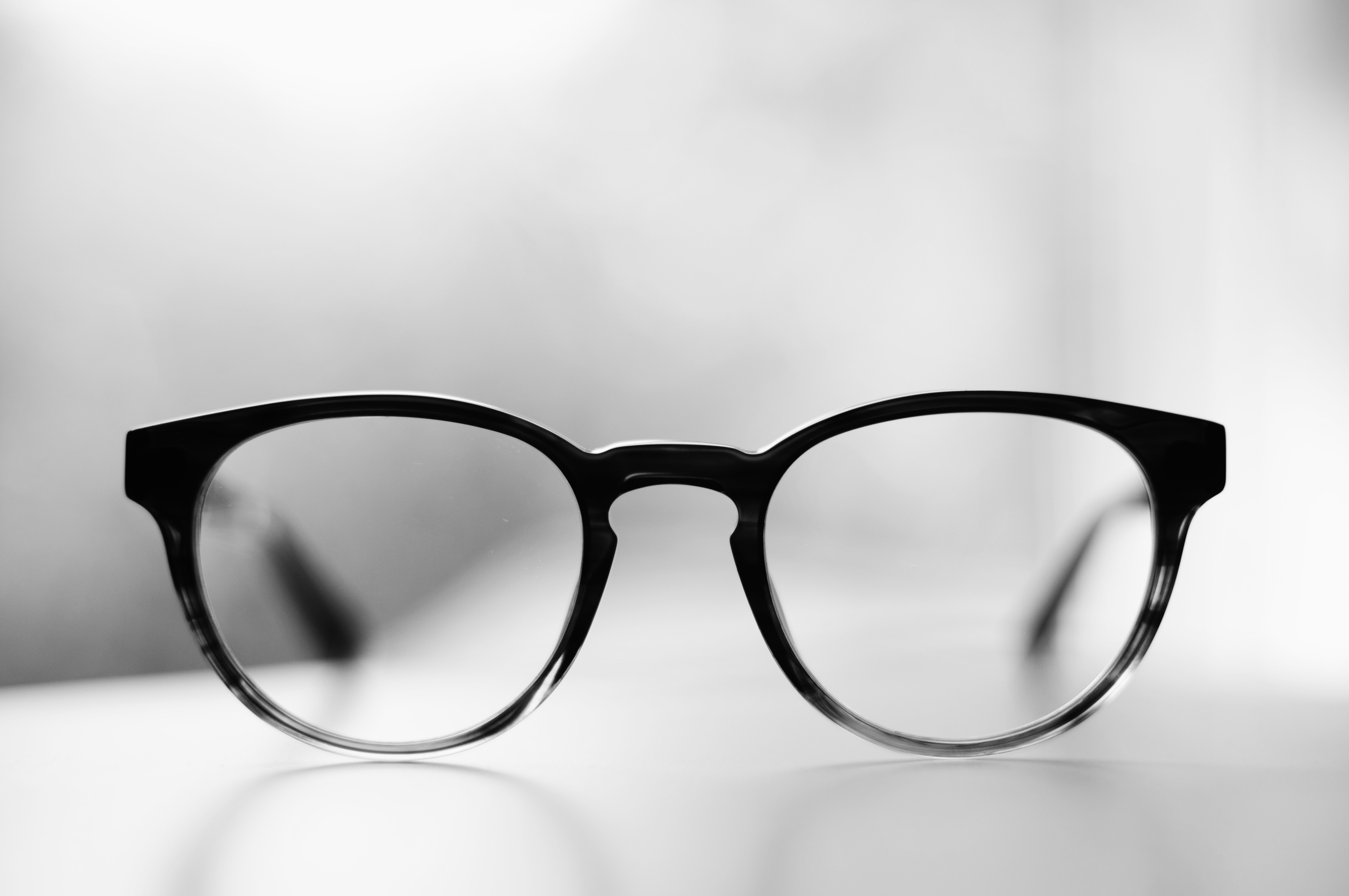Spending almost all the time at home, we work and learn remotely, and in our free time we are often browsing social networks, watching movies and listening to music in virtual space, or even traveling virtually.
Our eyes are doing a great job, but how could we make sure that they don’t get tired?! Lecturer of the Faculty of Medicine of Vilnius University Dr. Rasa Strupaitė-Šileikienė and doctoral student Ernesta Jašinskienė kindly agreed to answer this and many other questions and provide us with eye and vision health recommendations, which are especially useful for those who spend too much time on the computer, mobile phone or electronic reader due to quarantine restrictions or simply because of their bad habits.
What is “Computer Vision Syndrome”?
"Modern computers and other digital devices, when we use them immoderately and without following any rules, can become a real challenge to our eyes," says Dr. Rasa Strupaitė-Šileikienė. "There is so-called 'Computer Vision Syndrome' which can damage our eye health." This syndrome, caused by working with the computer or other digital devices (Computer Vision Syndrome, also referred to as Digital Eye Strain), is a group of eye and vision problems caused by long time spent on the computer, tablet, electronic reader or cell phone. Most people experience eye discomfort and vision problems when looking at digital screens for long period of time. These changes are proportional to the time spent on digital displays. Therefore, the more time we spend on digital screens, the more our eyes get tired.

Symptoms of Computer Vision Syndrome and Their Causes
The most common symptoms of computer vision syndrome are: eye pain; headache, neck or shoulder pain; blurred vision (image casting); dry eyes. A person feels an unpleasant itching of the eyes, they become red. Such people sometimes consult different doctors (neurologists, psychiatrists, etc.), complaining of pain, insomnia or fatigue. But in most cases, this only means that a person does not follow the rules of safe work and rest. Basically, there are many causes of computer vision syndrome. These include poor ambient lighting and digital screen glare, reflections, and glare. Peculiarities of a person's vision, incorrect screen viewing distance and wrong sitting also affects our vision. Sometimes a combination of all these factors plays a crucial role.
The likelihood of developing symptoms which indicate that our eyes are suffering from fatigue depends on the state of vision and the amount of time spent on the digital screen. It is also influenced by uncorrected refractive errors such as farsightedness and astigmatism, impaired eye coordination, and age-related changes in the eyeball (e.g. eternal farsightedness). Most symptoms are temporary and go away when you stop using your computer or other digital device. However, some people may experience blurred vision even after finishing their work with the computer.
How to Use Your Computer or Mobile Phone Safely Without Damaging Your Vision
Preventing or reducing computer vision syndrome takes several steps that should be considered: adjusting the light level in the room, as well as the illumination and reflection of the digital screen, choose the proper sitting position and right distance between you and the screen, and also treating any symptoms that may occur. To avoid eye strain caused by using digital devices, it is recommended to follow the rule 20-20-20: every 20 minutes, a 20-second break is appropriate, during which you should look at an object in a distance of 20 feet (~ 6 m).
“In fact, the prevention of computer vision syndrome caused by working with the computer or other digital devices is very simple. We just have to know the most important rules and to follow them,” explains the doctoral student at the VU Faculty of Medicine Ernesta Jašinskienė. She also emphasizes that the basic work and rest regime of the body is no less important.
First of all, an appropriate correction. Even if there is no need to use glasses in daily activities, in some cases vision correction for computer work can be useful. Individuals who are already wearing glasses may need to adjust the corrective glasses to fit the computer. By choosing individually corrective lenses and applying special coatings, eye comfort can be improved.
Proper sitting posture is also important. The specialist states that the recommended distance between the eyes and the computer is 40-75 cm. Ideally, the center of the computer screen should be 15-20 degrees below eye level. It is also important to adjust the height of the chair so that the legs would be bent at an angle of 90 degrees, with the feet fully reaching the ground. If the chair has armrests, adjust the them so that your hands have support when printing on a computer. Avoid placing your wrists on the keyboard!
Another important point is lighting. To prevent the glare, it is important to reduce the exposure to direct sunlight or the intensity of artificial lighting, especially from above. Let’s use blinds, curtains or light bulbs of lower wattage. To reduce the glare from light sources, let’s use computer screen filters.
Work-rest mode at the computer means that after 20 minutes work on a computer for 20 seconds we should look away. After 2 hours of a computer work, 15 minutes break is required.
When working with the computer, human blink rate decreases to half (normal blink rate is about 15-20 /min). Let’s remember to blink consciously when looking at the screen because blinking moisturizes the surface of the eye and helps to avoid dry eyes. Additionally, you can moisturize your eyes with artificial tears if needed.
Not only now, when most of our time is spent at home, but also later, after the end of quarantine, keep from straining your eyes when using a computer or a mobile phone, do not overwork, stay positive, follow all useful advices of the professionals and protect yourself and those around you.

